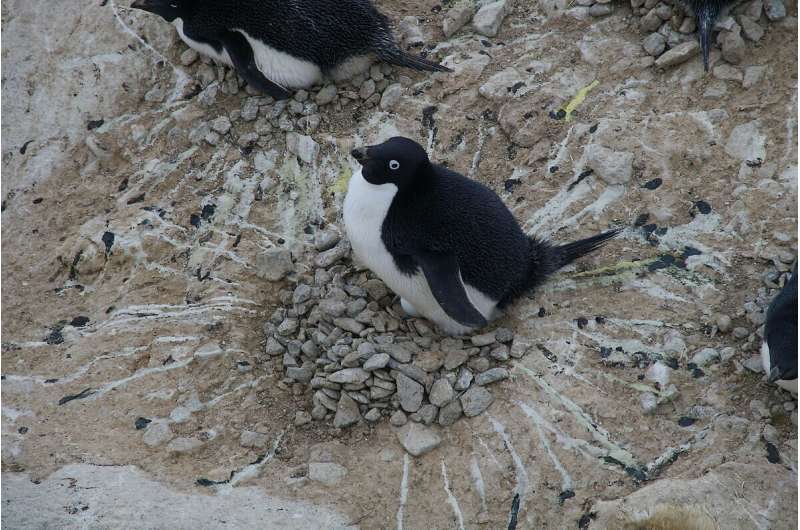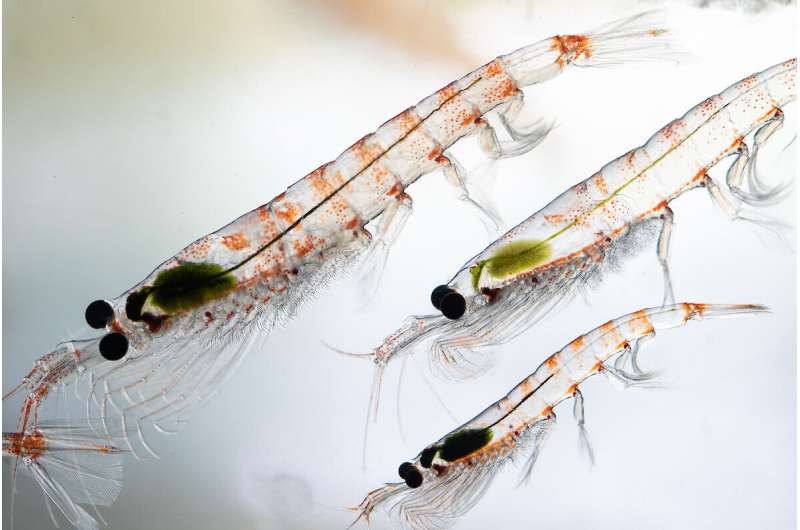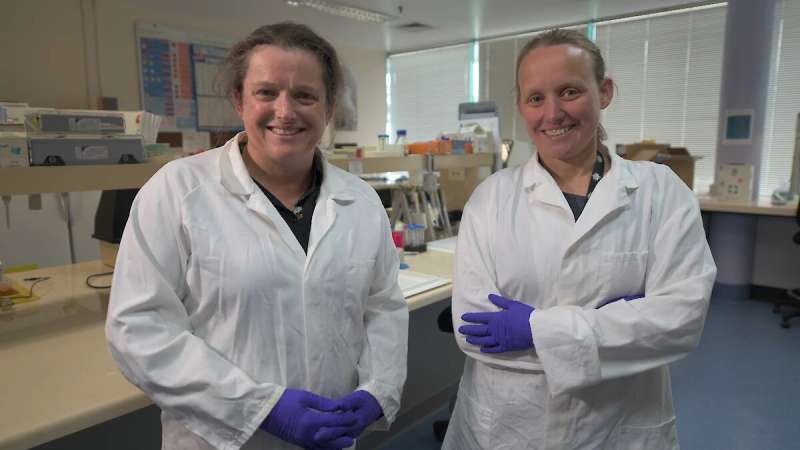This article has been reviewed according to Science X's editorial process and policies. Editors have highlighted the following attributes while ensuring the content's credibility:
fact-checked
proofread
New guidelines support best practices in environmental DNA testing

Every living organism sheds its DNA into the environment, leaving an invisible record of its presence.
However, scientists have found ways to magnify this environmental DNA (eDNA) from water, soil and other environmental samples, allowing them to identify who the DNA belonged to.
These molecular surveillance tools have a range of applications, including detecting pests or threatened species, and monitoring biodiversity.
Australian Antarctic Division scientists, including Dr. Anna MacDonald, Dr. Leonie Suter and Dr. Laurence Clarke, use eDNA methods to identify the presence of one or more Antarctic organisms, such as krill and fish, in seawater, predator scats, and other environmental samples. Their work is providing new insights into the role of Antarctic krill in the Southern Ocean ecosystem, their interactions with predators, and their preferred habitat.
The trio, along with scientists from CSIRO, the University of Canberra and a range of other Australian and New Zealand research institutions, have recently published two best-practice guidelines for Australian and New Zealand eDNA researchers and testing agencies, as well as an overview of the guidelines in the journal Environmental DNA.

The guidelines aim to ensure methods are standardized across users, for quality assurance and to maintain confidence in eDNA-based results.
"eDNA methods have moved from being basic research tools to being key components of monitoring programs in both government and industry," Dr. MacDonald said. "This means we need to ensure eDNA methods are fit for monitoring purposes. Monitoring programs can run for many years. So to build long-term datasets and compare results across time, or locations, we need to use reliable, standardized methods.
"These new guidelines will ensure environmental managers have robust scientific evidence to support their decision making. The guidelines will also support evaluation of the best eDNA methods to use in situations where imprecise or incorrect results could have financial, ethical or legal consequences, such as biosecurity."

The Environmental DNA protocol development guide for biomonitoring provides minimum standards for eDNA projects, from ethical considerations and experimental design, to interpreting and communicating results. The Environmental DNA test validation guidelines outline steps to be used in the development of tests for single species or multi-species detection.
The release of the overview paper coincides with the inaugural Australia New Zealand eDNA conference in Hobart from 14-17 February 2023.
The guidelines were an initiative of the Australian Government Department of Agriculture, Fisheries and Forestry, led by the Southern eDNA Society, in consultation with eDNA experts and end-users.
More information: Maarten De Brauwer et al, Best practice guidelines for environmental DNA biomonitoring in Australia and New Zealand, Environmental DNA (2023). DOI: 10.1002/edn3.395
Provided by Australian Antarctic Program


















